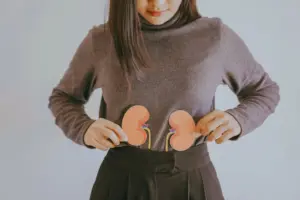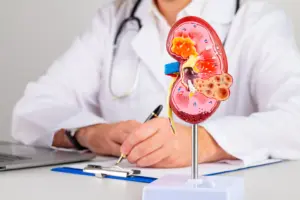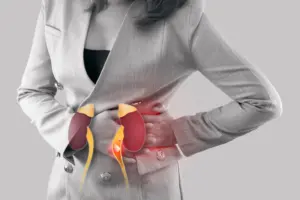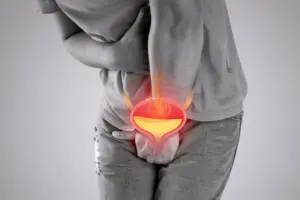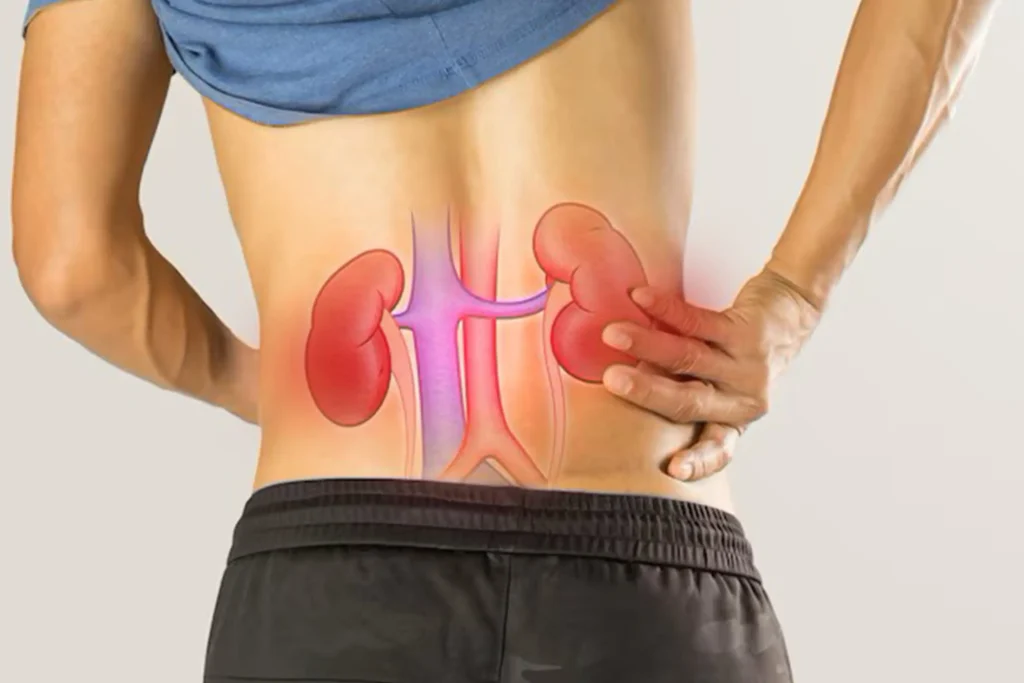
Chronic kidney disease: Have you heard of chronic kidney disease (CKD)? If not, you’re not alone. It’s far more common than many people realise, but it often goes undetected for years. That’s why doctors often refer to it as a “silent disease.”
The role of your kidneys
Before looking at CKD, it helps to understand what your kidneys do. You have two kidneys, each about the size of your fist, located in your lower back on either side of the spine. These small but powerful organs work around the clock to filter waste and excess fluid from your blood, regulate blood pressure, balance minerals like sodium and potassium, and even help produce red blood cells. Though easy to overlook, your kidneys are vital for keeping your body healthy.
Also Read | How long does it take to pass a kidney stone? 4 stages explained
What chronic kidney disease means:
Chronic kidney disease occurs when the kidneys gradually lose their ability to function properly. This decline doesn’t happen overnight; it progresses slowly over months or even years. CKD is classified in stages, ranging from mild to severe. In the early stages, the kidneys may still manage to filter blood effectively, but as the disease advances, their function worsens. In severe cases, the kidneys may fail, requiring dialysis or a transplant to sustain life.
Why chronic kidney disease is called a silent disease:
The tricky part about chronic kidney disease is that it often shows no signs in the early stages. Most people with mild kidney damage feel perfectly fine and don’t notice any pain or discomfort, even as their kidneys gradually lose function. By the time noticeable symptoms appear, the disease is usually already at an advanced stage. That’s what makes CKD so dangerous: it progresses quietly, without warning, until significant damage has already been done.
Symptoms of chronic kidney disease:
Chronic kidney disease (CKD) usually doesn’t show signs until it has already caused significant damage. In advanced stages, symptoms may include constant tiredness or weakness, swelling in the legs or ankles, puffiness around the eyes, changes in urination, blood in the urine, muscle cramps, loss of appetite and difficulty sleeping. However, many people don’t notice these symptoms until their kidneys have lost much of their function. This is why regular health checkups are so important, especially for those at higher risk.
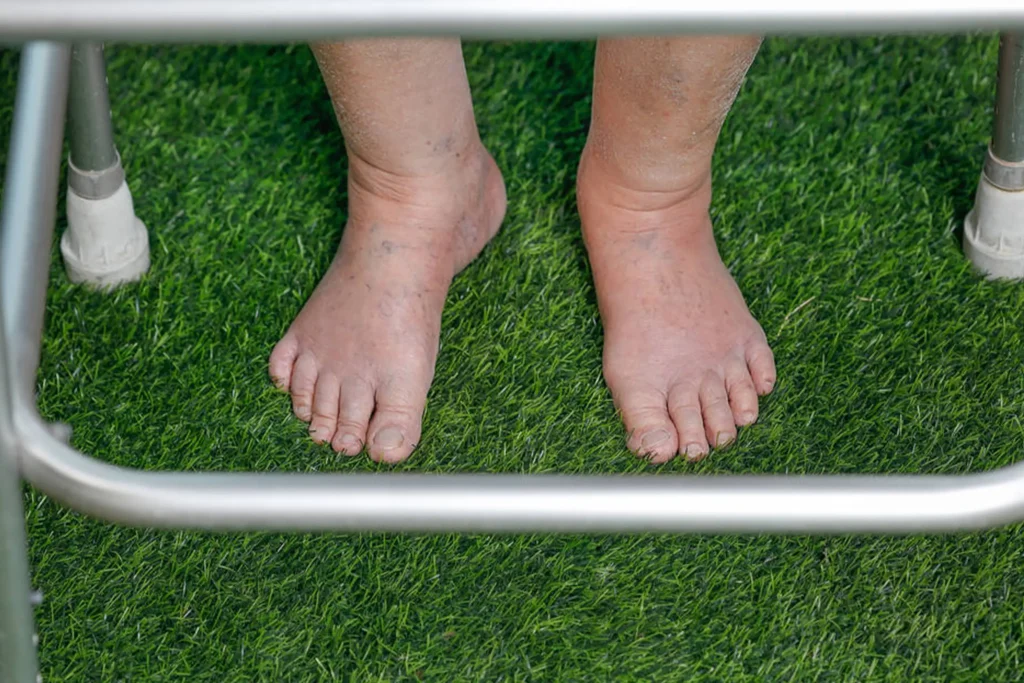
Who is at risk for chronic kidney disease?
Anyone can develop CKD, but the risk is higher in people with diabetes, high blood pressure, a family history of kidney disease, those over 60, and individuals who are overweight.
Also Read | Understanding the functions of your kidneys and how to maintain them
CKD is often called a “silent disease” because it progresses quietly without obvious signs until the damage is advanced. The good news is that early detection and prevention are possible. Staying informed, going for regular checkups and adopting healthy lifestyle habits can go a long way in protecting your kidneys.




